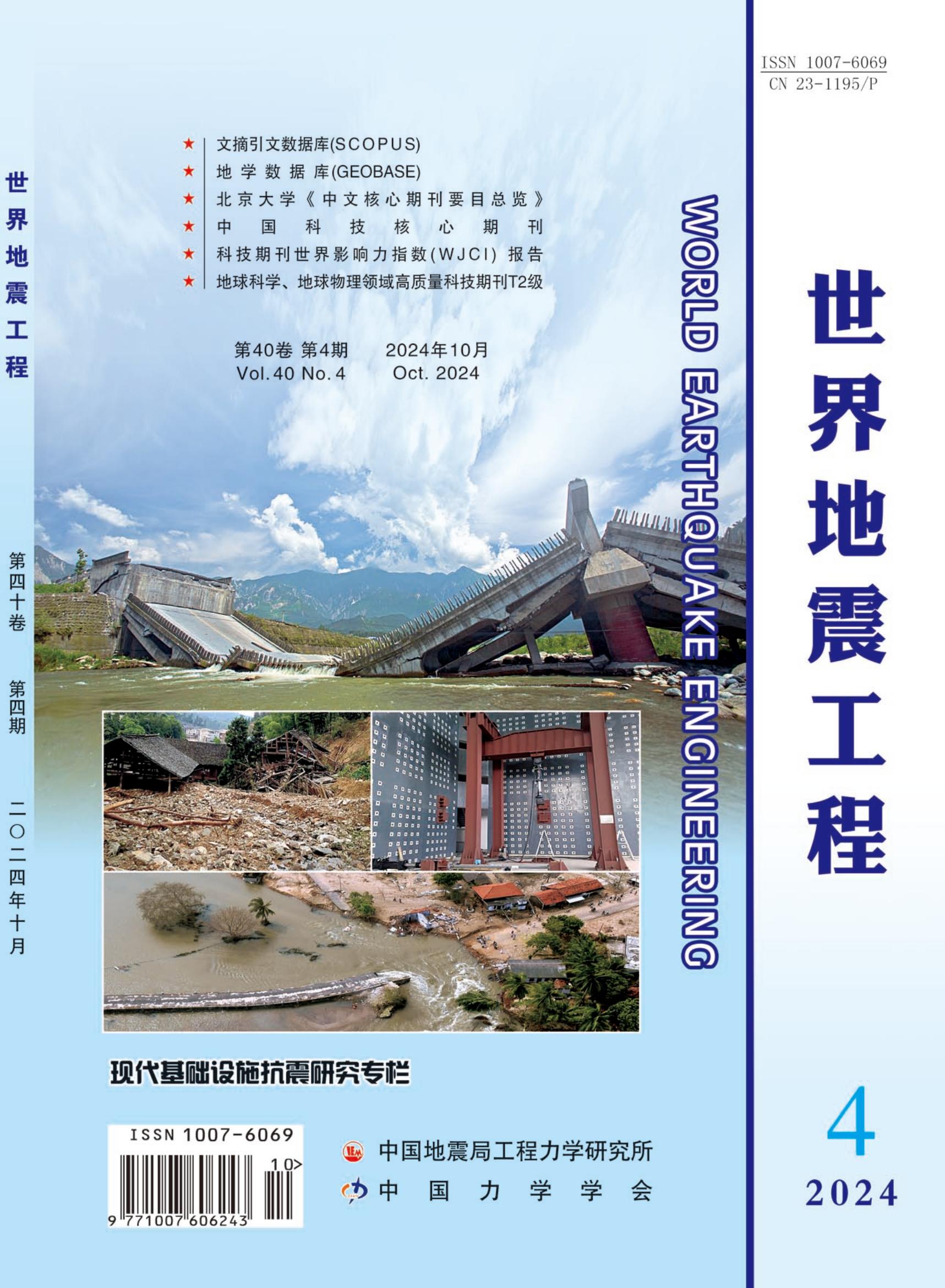Numerical Study on Wind Pressures Caused by the Variation of the Rounding Radii of the Industrial Shed Eaves
Q4 Earth and Planetary Sciences
引用次数: 0
Abstract
This work approached a typical industrial shed with varied rounded eaves, which is pointed out, in the few papers on it, as favorable to structural safety against the action of the winds. Since the literature has neglected this building configuration, the external pressure coefficients were obtained by CFD with the aid of the Ansys Workbench software, applying tetrahedral meshes in the domain discretization. Furthermore, the boundary layer around the building was modeled for greater accuracy in data capture. Using the RNG K-Epsilon model, were determined the turbulent flow effects. The results indicated a reduction in the pressure coefficients in the most sensitive regions and prone to accidents caused by wind on the roof. Finally, the flow pattern can be measured using the presented velocity fields.工业棚屋屋檐圆角半径变化引起的风压数值研究
这项工作接近一个具有各种圆形屋檐的典型工业棚屋,在少数几篇关于它的论文中指出,这有利于结构安全抵御风的作用。由于文献忽略了这种建筑构型,因此采用四面体网格进行域离散,借助Ansys Workbench软件,通过CFD计算得到了外压系数。此外,对建筑物周围的边界层进行了建模,以提高数据捕获的准确性。采用RNG K-Epsilon模型,确定了紊流效应。结果表明,在最敏感的区域,压力系数降低,容易发生由屋顶风引起的事故。最后,利用给出的速度场可以测量流型。
本文章由计算机程序翻译,如有差异,请以英文原文为准。
求助全文
约1分钟内获得全文
求助全文
来源期刊

世界地震工程
Earth and Planetary Sciences-Geotechnical Engineering and Engineering Geology
CiteScore
0.80
自引率
0.00%
发文量
4131
期刊介绍:
World Earthquake Engineering was founded in 1985 and is now a quarterly journal. It is an academic journal in the field of earthquake engineering under the supervision of China Earthquake Administration (CEA), and co-sponsored by the Institute of Engineering Mechanics of China Earthquake Administration (IEMCA) and the Chinese Society of Mechanics (CSM). The journal aims to introduce the latest research results in the field of earthquake engineering at home and abroad, to promote international academic exchanges in the field of earthquake engineering, and to serve China's seismic prevention and anti-seismic work. China Association for Science and Technology (CAST) selected China's high-quality scientific and technological journals in different fields for its hierarchical catalogue, and the journal was selected as T2 level (internationally renowned journals) of earth science and geophysical journals. Outstanding journal for the implementation of the CAJ-CD Code in the implementation of the Chinese Academic Journals (CD-ROM Version) Retrieval and Evaluation Data Specification (CAJ-CD Code) in the evaluation of excellence activities; included in the cultivation bank of Heilongjiang Province's high-quality journal projects.
 求助内容:
求助内容: 应助结果提醒方式:
应助结果提醒方式:


